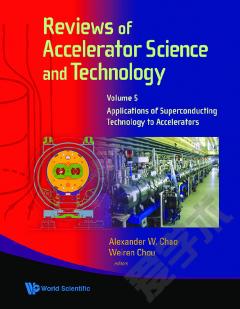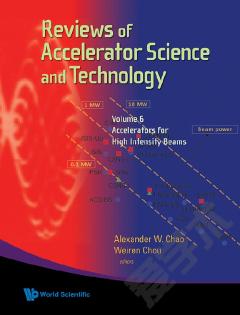Reviews Of Accelerator Science And Technology - Volume 9: Technology And Applications Of Advanced Accelerator Concepts
Since its invention in the 1920s, particle accelerators have made tremendous progress in accelerator science, technology and applications. However, the fundamental acceleration principle, namely, to apply an external radiofrequency (RF) electric field to accelerate charged particles, remains unchanged. As this method (either room temperature RF or superconducting RF) is approaching its intrinsic limitation in acceleration gradient (measured in MeV/m), it becomes apparent that new methods with much higher acceleration gradient (measured in GeV/m) must be found for future very high energy accelerators as well as future compact (table-top or room-size) accelerators. This volume introduces a number of advanced accelerator concepts (AAC) — their principles, technologies and potential applications. For the time being, none of them stands out as a definitive direction in which to go. But these novel ideas are in hot pursuit and look promising. Furthermore, some AAC requires a high power laser system. This has the implication of bringing two different communities — accelerator and laser — to join forces and work together. It will have profound impact on the future of our field.Also included are two special articles, one on 'Particle Accelerators in China' which gives a comprehensive overview of the rapidly growing accelerator community in China. The other features the person-of-the-issue who was well-known nuclear physicist Jerome Lewis Duggan, a pioneer and founder of a huge community of industrial and medical accelerators in the US.
{{comment.content}}








 京公网安备 11010802027623号
京公网安备 11010802027623号